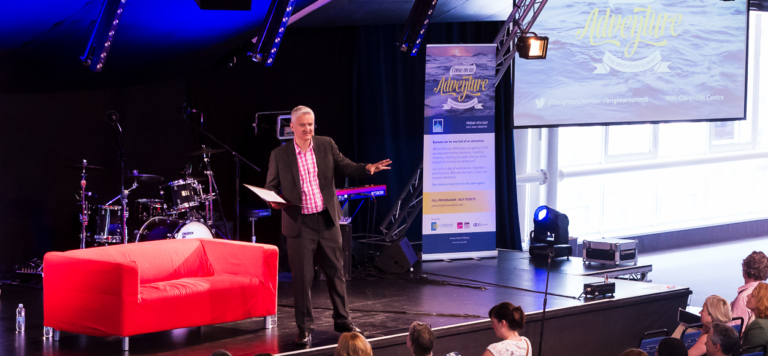14th June 2019
Open with a bang, not a whimper!
Irrespective of how long your presentation is, your opening section serves a number of purposes:
- It tells your audience what’s in it for them, why they should listen. Your opening should let the audience know that what’s about to follow is not only important, but is relevant and useful to them
- It tells your audience why you are the right person to be talking about this topic – that is, your credibility, which reinforces why the audience should stop checking their emails and listen to you.
- It sets the tone. Not only is this presentation going to be important and relevant, but it’s going to be interesting or thought provoking or high energy or funny or critical or of monetary value to them.
- You should open in the way you mean to go on – don’t start high energy then suddenly go quiet when you get to your content, or start with lots of humour and interaction then go into reading your script once your opening section is done.
- It grabs your audience and makes a good first impression.
Spoiler alert: an audience isn’t always terribly interested in what you’ve got to say. They may be in the audience because they have to be, because they want to hear one of the other speakers or because there was a free lunch. They may even have come especially to listen to you, but have been bored to the point of stupor by the previous speaker. Your opening is a chance to wake them up, shake them up, pull their focus and make sure they’re listening.
- Never start with an apology – it immediately sets you off on a negative note. You might be falling apart inside, but try to exude confidence. If you’re positive, your audience will be positive – but they’ll pick up on negative ‘energy’ very quickly and switch off.
What makes a strong opening? Here are some ideas you can try
- Questions make a great opening because they can get people thinking about the topic at hand. You need to decide whether you’re asking a rhetorical question or a direct question.
- A straw poll. A variant on the question, it can be useful to sound out the mood or knowledge of the room on a certain topic.
- A quote, phrase or saying. This can be delivered verbally or put up on a slide.
- An image. If you’re using slides, an interesting, quirky, funny or impactful image can make a great opening
- A video. A well-crafted video (even just shot using your phone) or well-chosen clip can really kick off your presentation with impact. Keep it to a maximum of 90 seconds
- A final idea for a strong opening is to preview the end of your presentation:
‘If I told you that in 15 minutes I’m going to change the way you use sales figures – for ever – would you believe me?’

